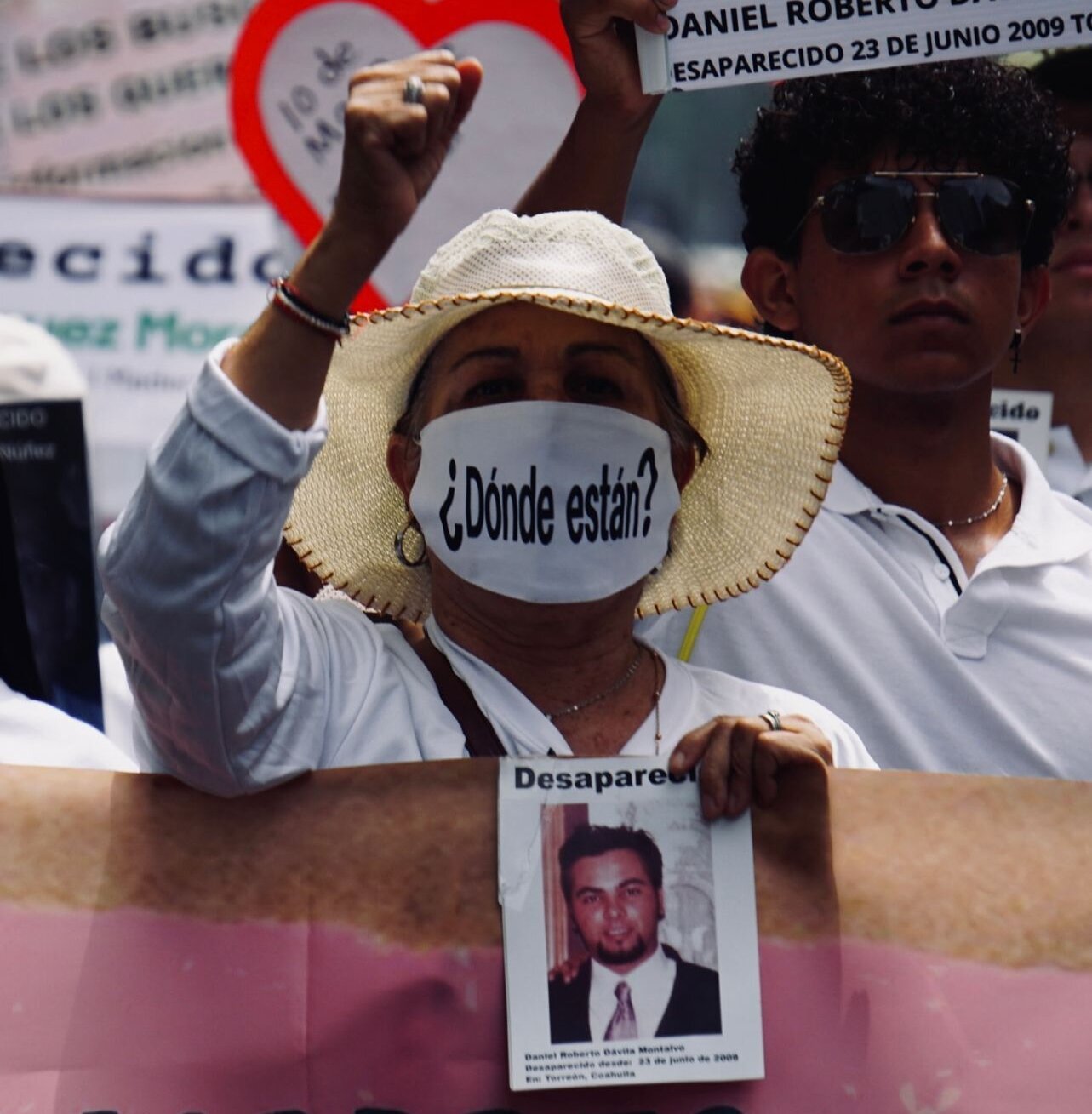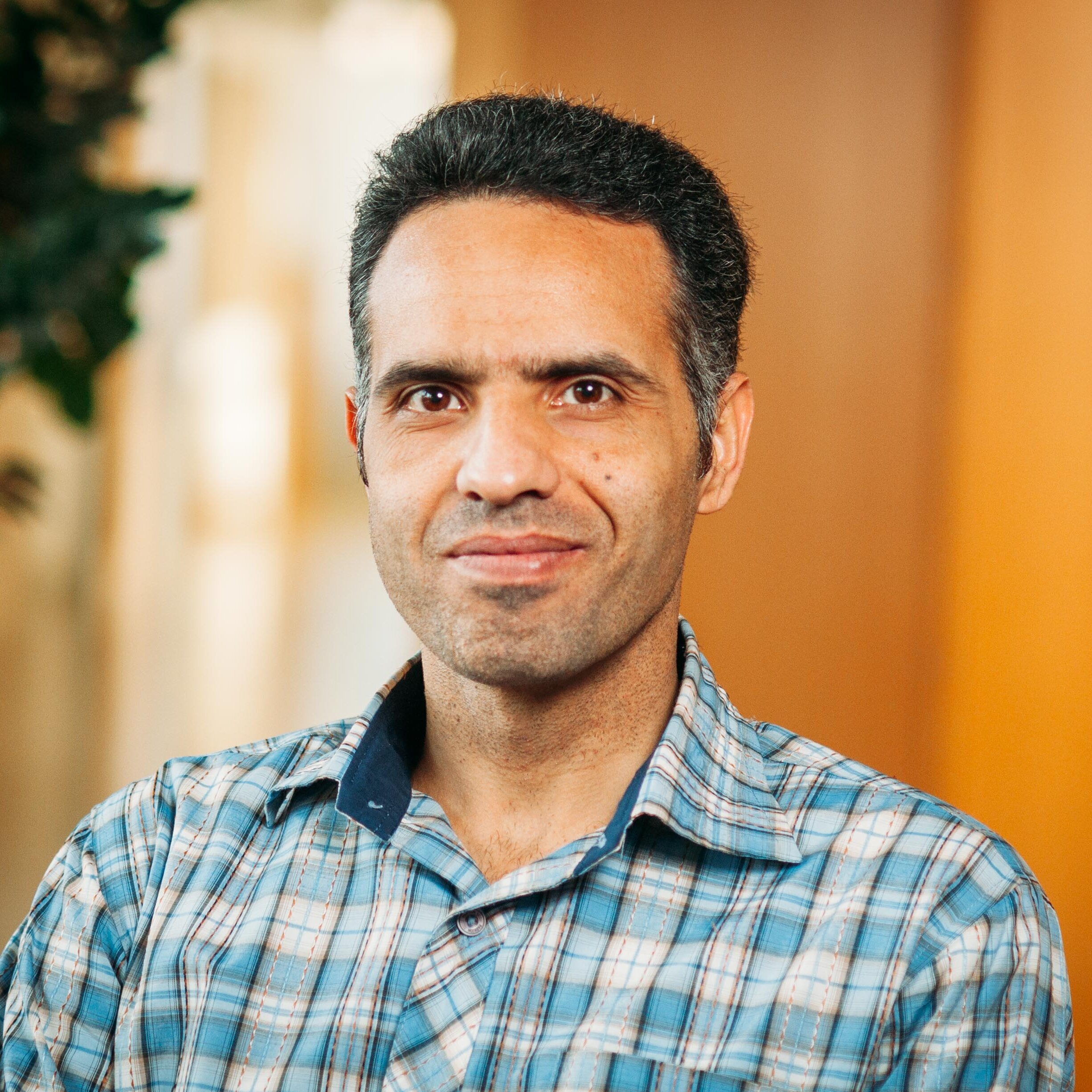A pandemic of violence: Mexico's fight against femicide
Amid a surge of hate-based killings, Mexico recognized “femicide” as a distinct crime. But the crisis persists. Lawyer Verónica Garzón Bonetti, who represents victims’ families, describes how a culture of machismo allows women’s murderers to escape justice – and what can be done.
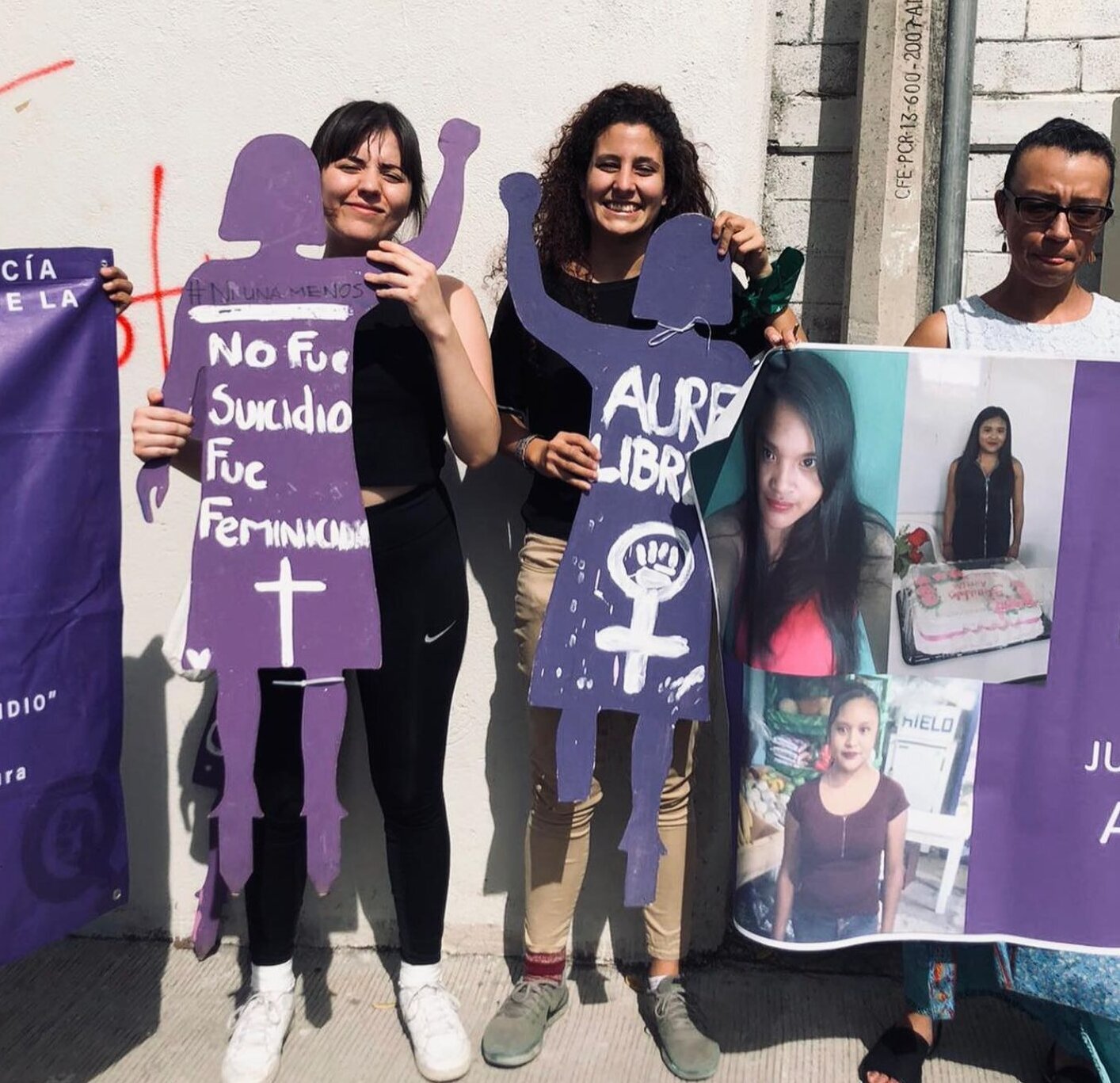
Why is femicide such a problem in Mexico?
We have at least 11 femicides daily—a number which has grown alarmingly. Authorities fail to act and our culture normalizes violence against women. This is not an exaggeration: it is a crisis, a pandemic of violence against women.
Why do you think rates are rising?
There’s a culture of impunity, a lack of accountability which remains the biggest barrier to stopping these crimes. Society blames women for the violence they endure. And the stereotypes held by judges hinder investigations.
It was the Cotton Field case in 2008 which brought the issue of femicide in Mexico to widespread attention. Can you give us the background to that?
The problem started mainly in Ciudad Juarez, a northern city in Mexico. Women were starting to work and that triggered this kind of gendered hatred towards them: they were not in their usual places in the household. There is this idea in Mexico’s machismo culture that women have a specific place in society and are supposed to behave in a certain way. They are treated like second-class citizens. In the 1990s, women in Ciudad Juárez began disappearing and being killed in large numbers. At least 180 women were officially reported as killed during that period, but the actual number of disappearances is unclear because of underreporting and the fear of organized crime.
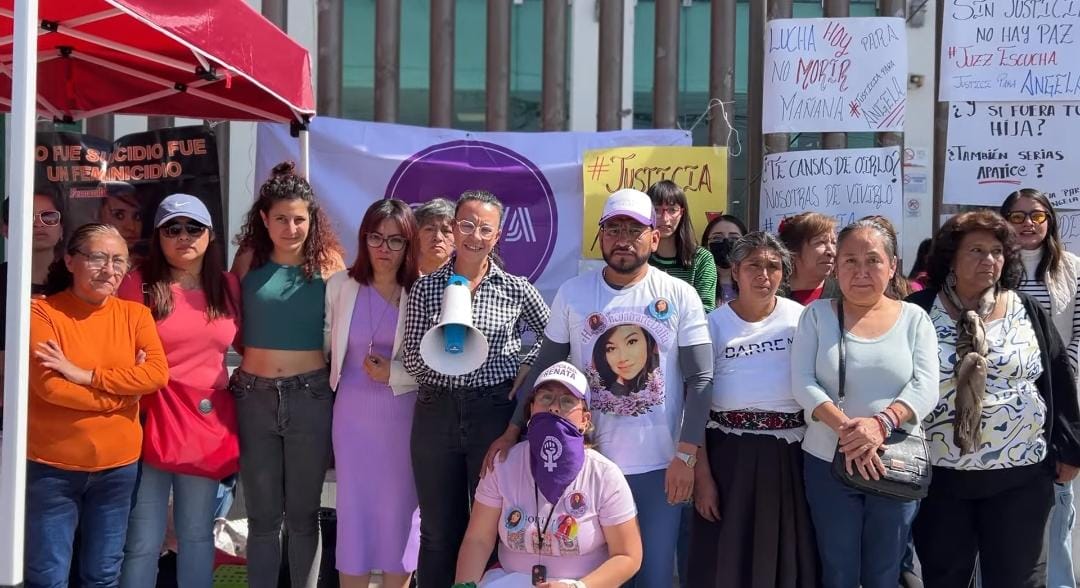
And then in 2001 three female bodies were discovered in a cotton field where they worked, including that of a 15-year-old girl. And the Inter-American Court of Human Rights ruled that the state had failed to properly investigate the crimes and breached the families’ human rights.
Yes. That landmark ruling forced Mexico to legally recognize femicide as a separate crime, distinct from homicide. It helped society understand that women were being killed specifically because of their gender.
But, as you say, the culture of impunity persists. Why isn’t Mexico seeing more change?
One of the main challenges is precisely that the authorities are still not investigating cases as femicides. They’re misclassified as suicides or generic homicides. A lot of women are being found hanged in trees or in their homes. But you investigate a little bit and you find scratches on the woman's body; you find signs of sexual violence; you find signs of struggle.
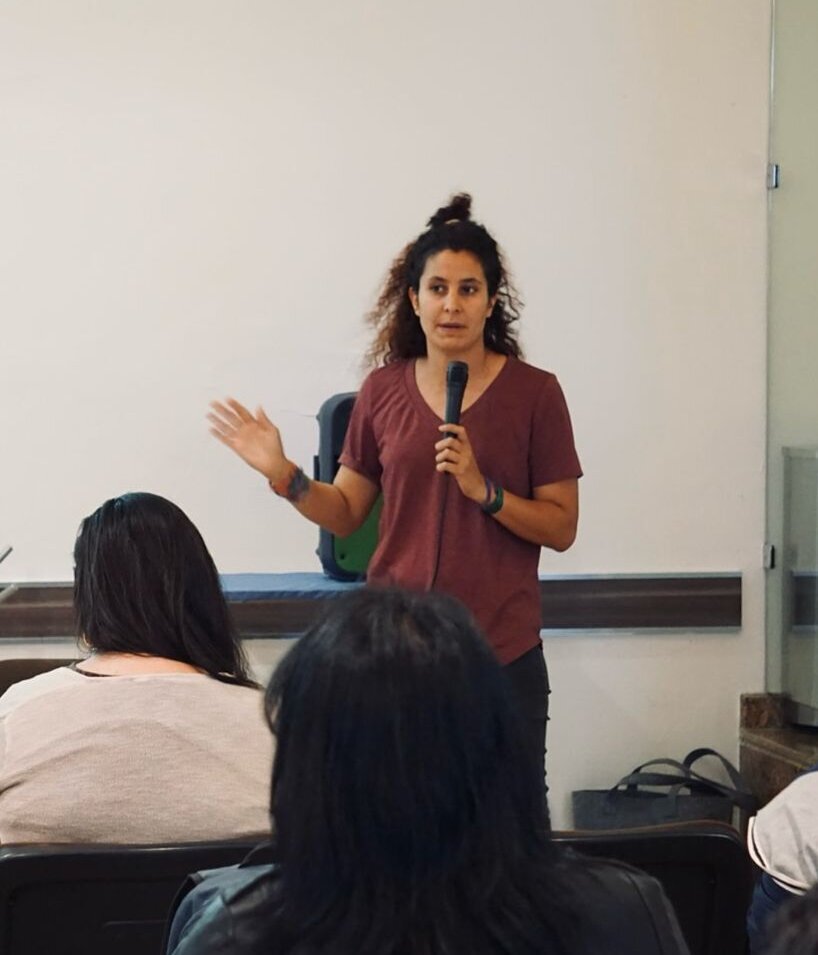
You work with the families of the victims who are fighting against these failed investigations. What are the most serious violations you’ve come across?
Liliana Carrillo, an Indigenous woman murdered by her partner. Her three-year-old daughter witnessed him drag her to a peach tree, hang her and stage it as suicide. The medical examiner falsified the autopsy, using another body. Four years later, we exposed this—yet he still holds his licence. Families like hers face being ostracised – they have nowhere to turn.
Does being indigenous put victims at greater risk of injustice?
Yes, because they are the most vulnerable people and so many believe they can’t defend themselves. There’s a lack of interpreters and culturally sensitive support. And for transgender and non-binary people, their cases are often misclassified by authorities as “crimes of passion”. We need to address structural discrimination and hold perpetrators accountable for hate crimes.
What needs to change to ensure that laws are actually enforced and justice is served?
Movements like Ni Una Menos and Las Mujeres de Negro have been instrumental in pushing cases like Campo Algodonero to international courts, such as the Inter-American Court of Human Rights, and holding governments accountable. Mexico needs to send a clear message that femicide will be prosecuted effectively and improve its data collection and transparency for femicide cases. But we need more than just legal reform. We need public policies which address violence against women. And we need cultural change through education, starting at a young age.

What does that cultural change look like?
Men need to listen to and support women, speak out against violence. And they need to intervene when they witness abusive behaviour. It is essential that men themselves promote education and awareness to dismantle these harmful cultural norms and create a safer environment.
Are there any lessons you can take from other countries?
Colombia has specific laws addressing gendered violence: it has criminalized genital mutilation. Uganda is using innovative technology in forensic investigations for sexual violence. We know that femicide is not just a local issue in Mexico: it is a global one. In an interconnected world, what happens here affects everyone. I urge people to educate themselves, eliminate indifference, and take action. This is a fight for justice which requires global awareness and solidarity and we can’t ignore it any longer.


